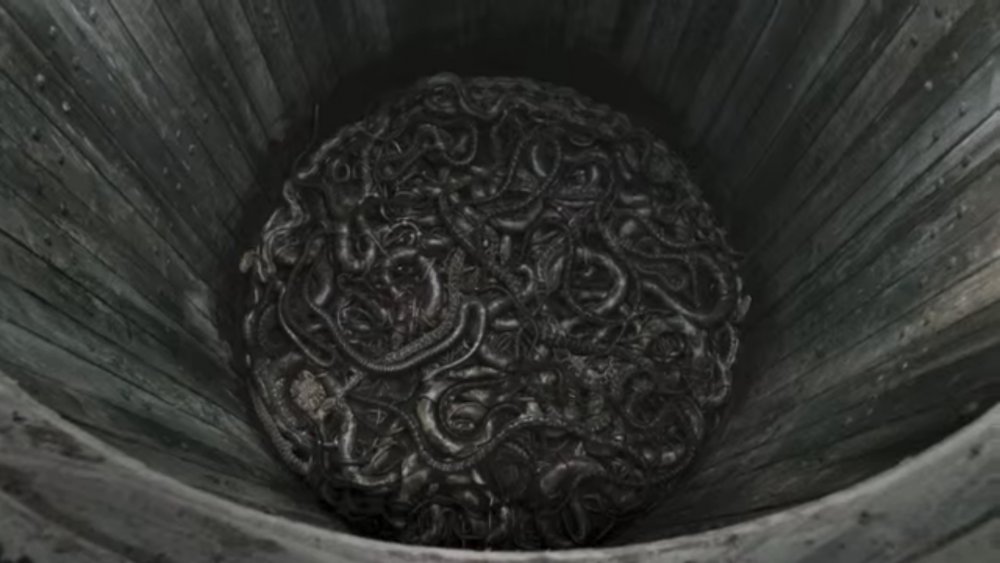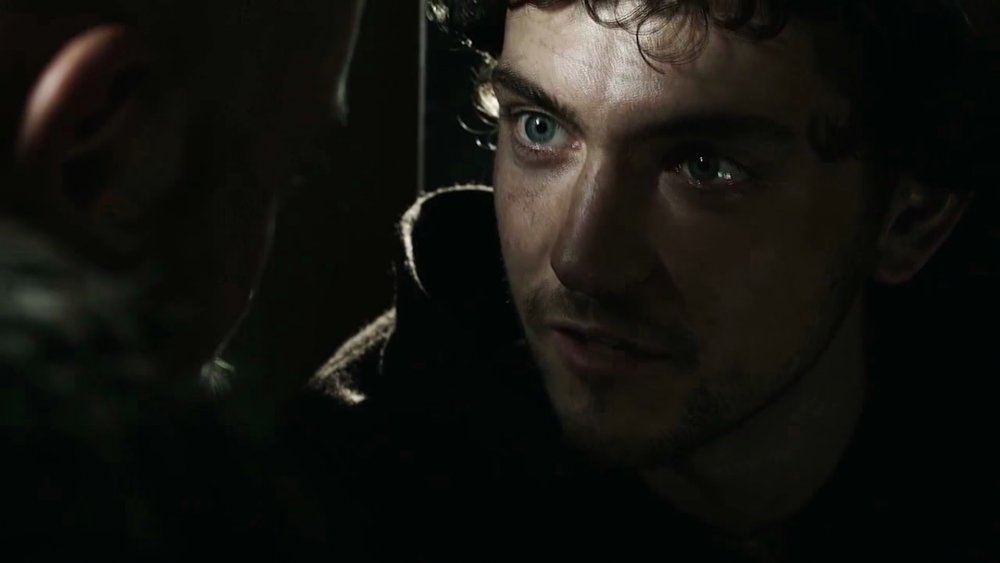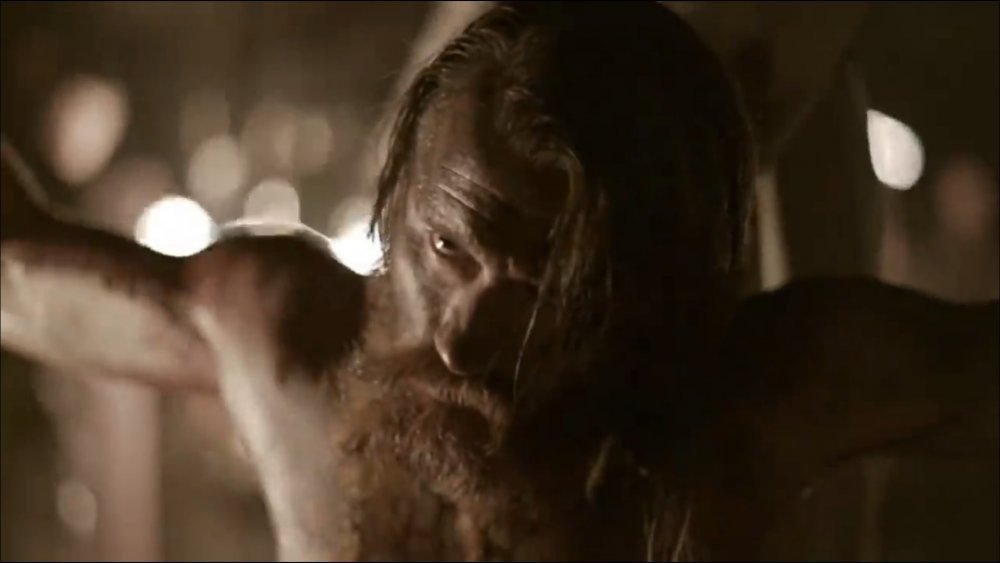The Vikings Season 1 Plot Hole That Still Bothers Fans
The thing about historical dramas is that they are dramas first, and history lessons second. Even the most faithful adaptation of tales of yore fudge some of the facts, screw with the timeline, get character details wrong. History's landmark series Vikings prides itself on mostly keeping things accurate, but after six seasons, there's bound to be more than a few errors.
In the case of Vikings, many of the historical discrepancies are due to the fact that we don't actually know a ton about Medieval Europe, all things considered. We have historic documents, including the Saga of Ragnar Lodbrok, a 13th-century Icelandic text from which the show draws its inspiration. But even these texts blend fact with fiction, have big gaps missing in their timelines, and often don't lend themselves to contemporary storytelling. Sometimes concessions must be made.
Even when fans understand that, it can still be hard to look past the historic inaccuracies when you see them. And that is the case for one big plot hole from the show's first season.
King Aelle's deadly snake pit is full of non-lethal snakes
Back in Medieval Europe, if you were a ruler looking to intimidate the fearsome invaders of your country, sometimes you had to get creative. That is just what King Aelle of Northumbria (Ivan Kaye) did in the season 1 episode "Burial of the Dead." While the Viking forces prepare to invade his land, the king reveals his plan for what to do with the warriors once he captures them: throw them in a giant pit of snakes.
"Let the serpents bite these devils," Aelle proclaims as he shows off his snake collection. He goes on to add, "Let them also bite those too weak and afraid to fight to the death for their king and master." He punctuates this declaration by throwing one of his own cowardly men into the pit, where he's quickly poisoned to death by the serpents.
On a show full of grisly warfare and ritualistic killing, it's certainly a unique approach to dispatching the enemy. However, according to one eagle-eyed fan at Movie Mistakes, the snakes Aelle is using aren't the biting kind. "The snakes in the King of England's pit are all constrictors," they point out. "They do not have venom and are too small to see a human as prey."
We hope the good king kept his receipts.
The Christian church didn't perform crucifixions in Medieval Europe
King Aelle's snake pit isn't the only time the show has stumbled into historical inaccuracy while trying to depict the cruel punishments the Vikings and Britons dolled out to one another. Another glaring example happened in the season 2 episode "Eye For an Eye."
The torture in question is inflicted on the poor monk Athelstan (George Blagden), who was kidnapped from his monastery by the Vikings and assimilated into their society. When he is kidnapped back by his Anglo-Saxon brethren, they don't exactly welcome him home with open arms. In fact, the Bishop of Wessex declares him an apostate and orders him to be crucified. King Ecbert (Linus Roache) does rescue the poor monk, but not before he's already had a few nails driven into his hands and a crown of thorns affixed to his head.
An episode recap at Medievalist.net explains that show creator Michael Hirst allegedly found evidence of a Christian monk who was crucified after being kidnapped by the Vikings. However, they also add that they "haven't come across this account yet, but it seems dubious... that Christians would ever use this kind of punishment against pagans or apostates — it comes across as almost a mocking of the crucifixion of Jesus."
The blood eagle is likely more fiction than it is fact
As though pits of snakes and crucifixion weren't gruesome enough, Vikings had another brutal execution scene lined up for viewers in its second season. And this one is even more horrifying and historically inaccurate than the others.
In the season 2 episode "Blood Eagle," the long-brewing feud between Ragnar (Travis Fimmel) and Jarl Borg (Thorbjørn Harr) comes to an end, with Borg losing. After debating an appropriate retribution for his defeated opponent, Ragnar settles on the ultimate punishment: the blood eagle. Without going into all the truly horrifying details, the execution involves removing the victim's lungs through their back. According to the lore, if the victim wants to gain entrance to Valhalla, they must endure the torturous death without crying out in pain.
If this punishment sounds too disgusting to be real, that's because it likely is. Writing for his personal blog, Howard M. R. Williams, a professor in Medieval archaeology, says of the execution method, "Obviously blood-eagling is a legendary execution method with no historical or archaeological correlate."
On Vikings, King Aelle also endures the blood eagle after he kills Ragnar in his pit of snakes. Like a constrictor biting its own tail, all these historically inaccurate execution methods come full circle.



